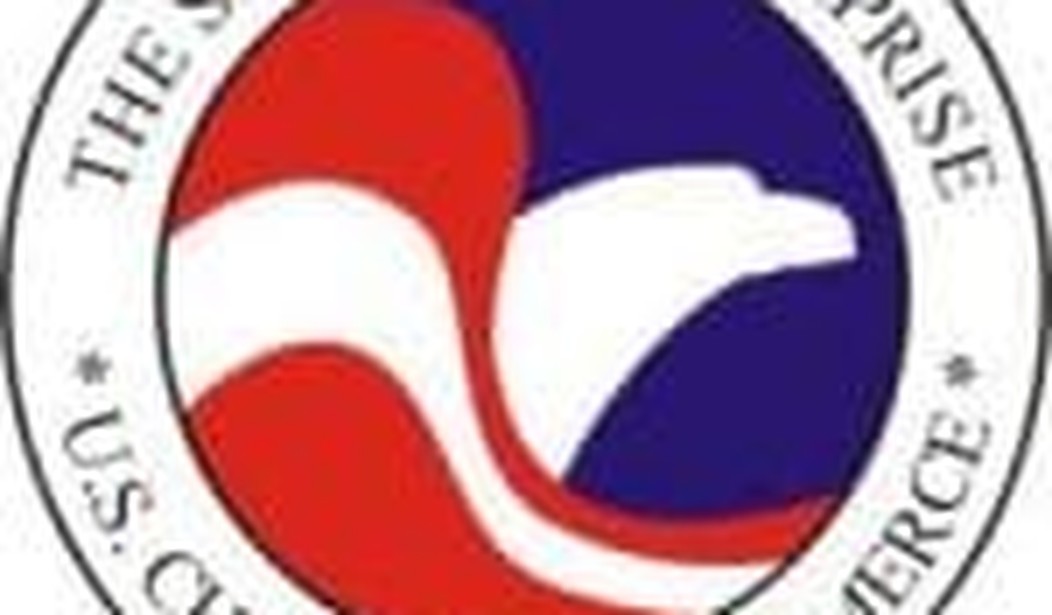When the leaders of the Roman Catholic Church gather for a conclave to choose a successor to Pope Benedict, we will not be privy to what is on their minds: the Holy See does not use exit polls. But they would be wise to keep in mind that the Church they lead is undergoing tremendous ethnic change.
Pope John Paul II was not only one of the greatest pontiffs ever; he will go down as one of the most influential figures of the 20th century. His selection in 1978 electrified his followers in Eastern Europe and sparked the Solidarity union movement that was the beginning of the end of communist totalitarianism there. The fall of the Soviet system and the spread of democracy and religious freedom throughout his native Eastern Europe make his historical legacy quite impressive. He was unquestionably the right man in the right place at the right time.
Pope Benedict was not a transformational figure like John Paul II. He was more like a caretaker who did his best to get the Church through a period of scandal and decline. It will probably take a miracle to find a man as well-suited to his times as Benedict’s immediate predecessor.
But in choosing the next pope, the College of Cardinals would do well to consider key demographic facts that will determine the direction of Catholicism for the next century. For the first time ever, a majority (roughly 60%) of Catholics now live in the developing nations. In fact, roughly half of all Catholics worldwide now are of Hispanic descent, a number sure to grow, as Hispanics currently have twice as many children as those of European descent. Indeed, within the next generation a majority of American Catholics will be Hispanic. This presents a potential problem for the Church, as it has traditionally been dominated by Europeans. But it also represents a tremendous opportunity to revitalize the Church.
In their 1992 study of American religion, The Churching of America, Roger Finke and Rodney Stark described the decline of the American Catholic Church since the Second Vatican Council in the 1960s. Noting that church attendance had dropped by 50% over the previous generation and that the lack of vocations was reaching the crisis stage, they wondered if the Church would survive in its present form. They raised the specter of the American Catholic Church “going the way of the Congregationalists, Presbyterians, Episcopalians and Methodists … just another mainline body specializing in comfortable pews while sliding slowly downhill.”
UCLA Professor Emeritus of Spanish History John Crow, in his comprehensive study The Epic of Latin America, goes further in decrying the Church’s problems. He writes that Hispanics “have turned away from their Church in droves, rightly or wrongly identifying it with political reaction, bigotry, and economic oppression.” Religious scholars have estimated that up to 20% of all Hispanics in both Latin America and the United States have defected from their traditional faith.
A Hispanic pope could possibly staunch or reverse these losses.
The Church’s last great expansion came under Pope Alexander VI, a native Spaniard. Alexander oversaw the doubling in the number of the faithful after the New World was discovered by Columbus and conquered by Cortes, Pizarro, and Balboa. (The Spanish adventurers’ slogan: “For God, Gold and Glory!”) Franciscan and Jesuit missionaries almost immediately followed the conquistadors, as an estimated 20 million Indians (admittedly often involuntarily) were converted to Catholicism.
Since they are now the majority of Catholics, a renewal of Hispanic devotion to the Church would also reinvigorate worldwide Catholicism. As Finke and Stark have noted, such a renewal is needed if the Church is to avoid severe shortages of priests and nuns in the next generation.
If John Paul II was instrumental in the peaceful overthrow of Communism in Eastern Europe, a Hispanic pope would undoubtedly help do the same with Cuba, and with the various strains in Venezuela and throughout the region. Beyond that, a Hispanic pope would also likely help Latin America make the transition from rural poverty to stable urbanized, working-class industrial societies. A newly powerful Catholic Church could be a strong proponent of workers’ rights and religious freedom, and could oppose the environmental degradation and oppression of indigenous peoples that usually accompany mass industrialization.
As Latin America is one of the most troubled places on the planet, it will take almost a miracle to heal these polarized societies. Perhaps only the Church could bring the proper moral pressure on society’s upper echelons to help ease the pains of Latin America’s coming stresses. A pope of Hispanic descent might also be able to calm down tensions in America over Hispanic immigration (Pat Buchanan, take note).
For the next century, as Latin Catholics go, so will go the Church they will increasingly dominate.









Join the conversation as a VIP Member